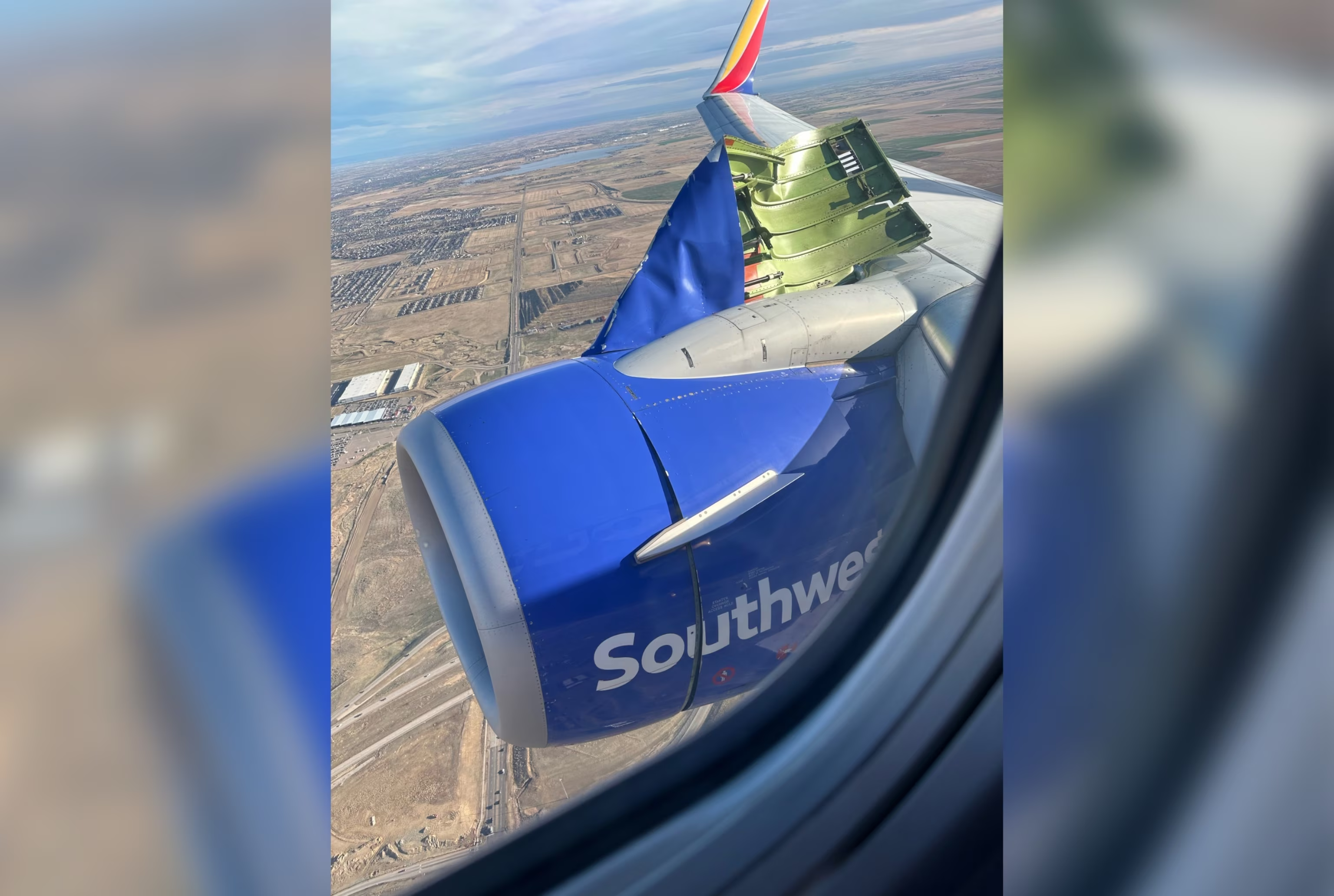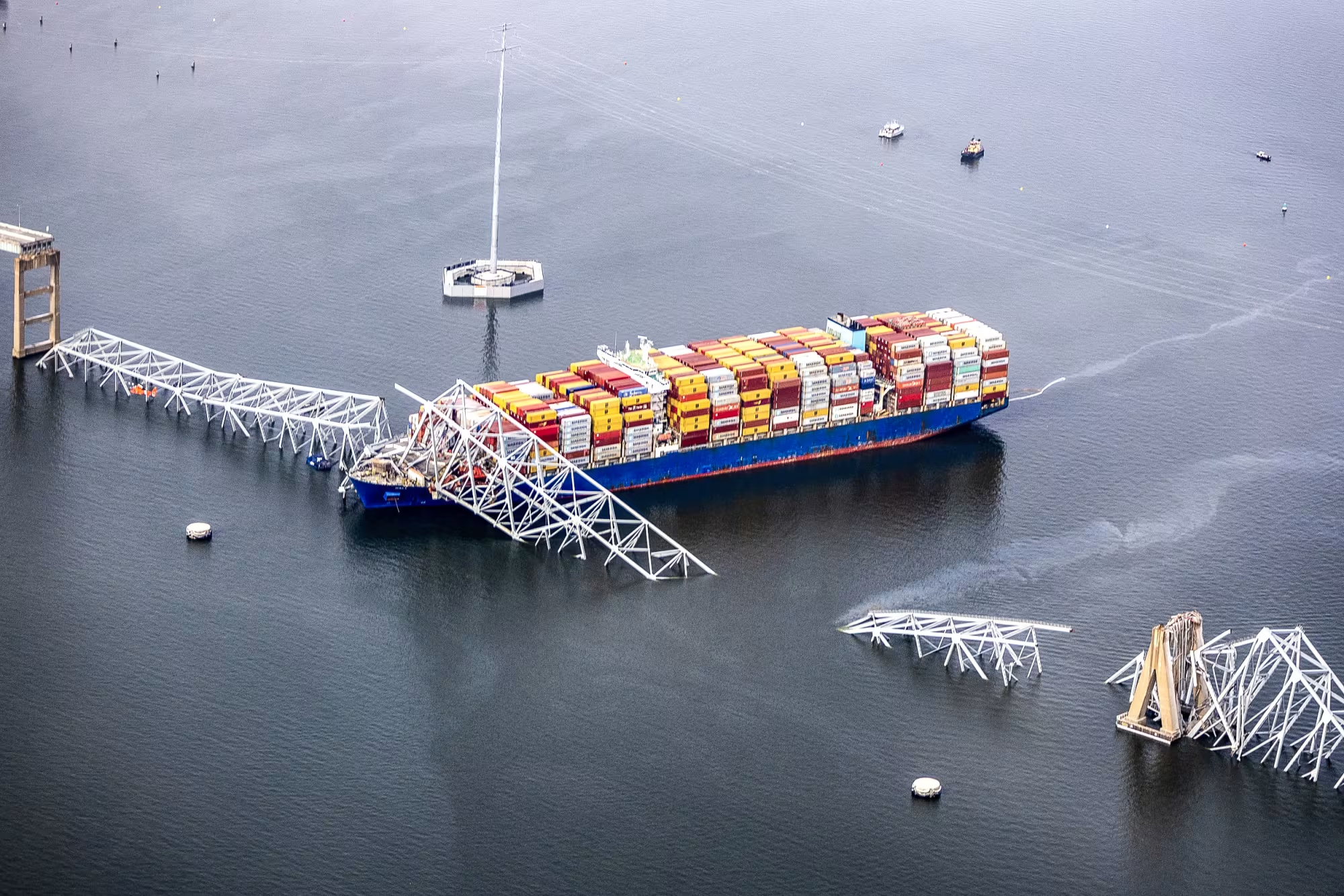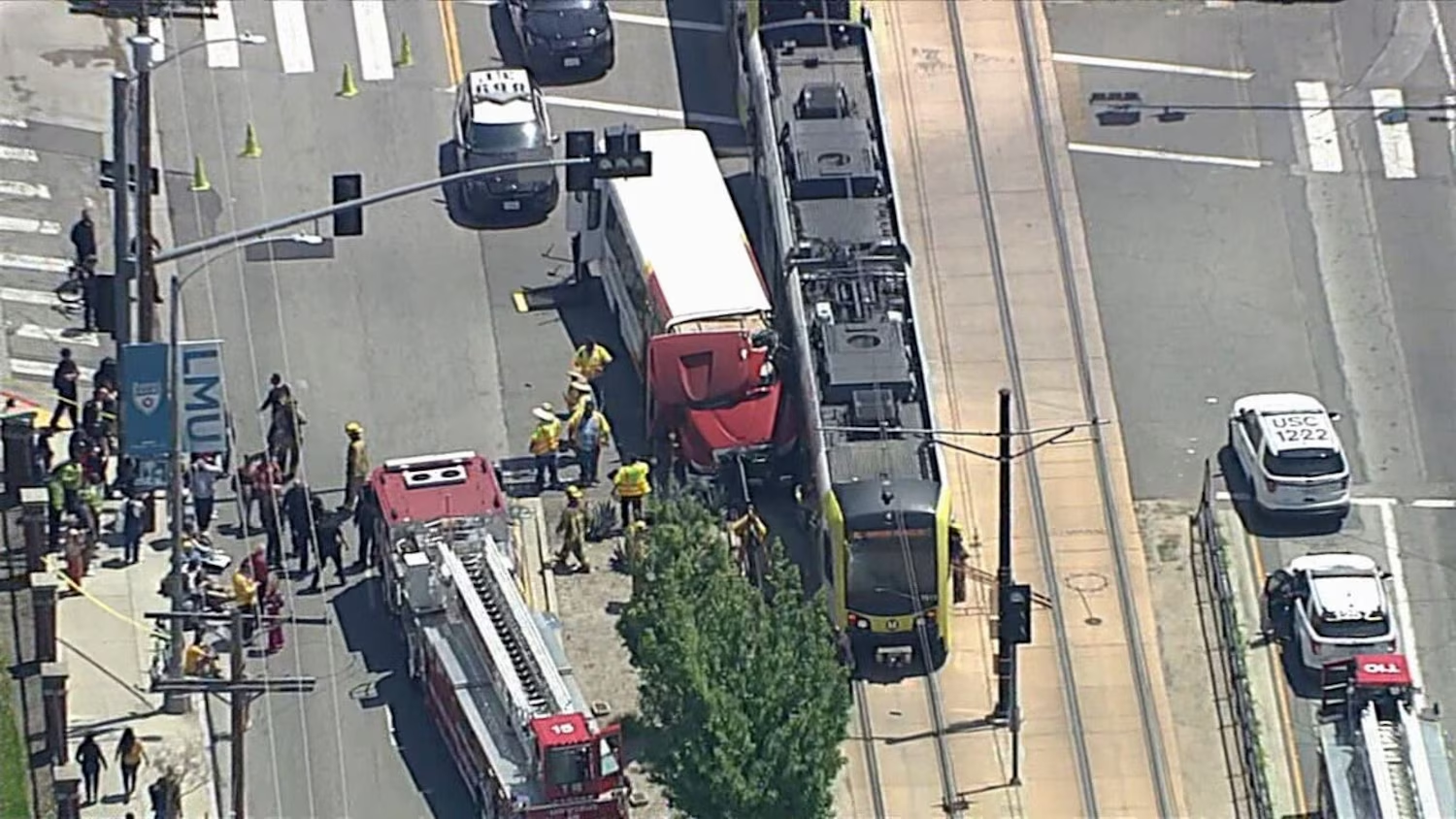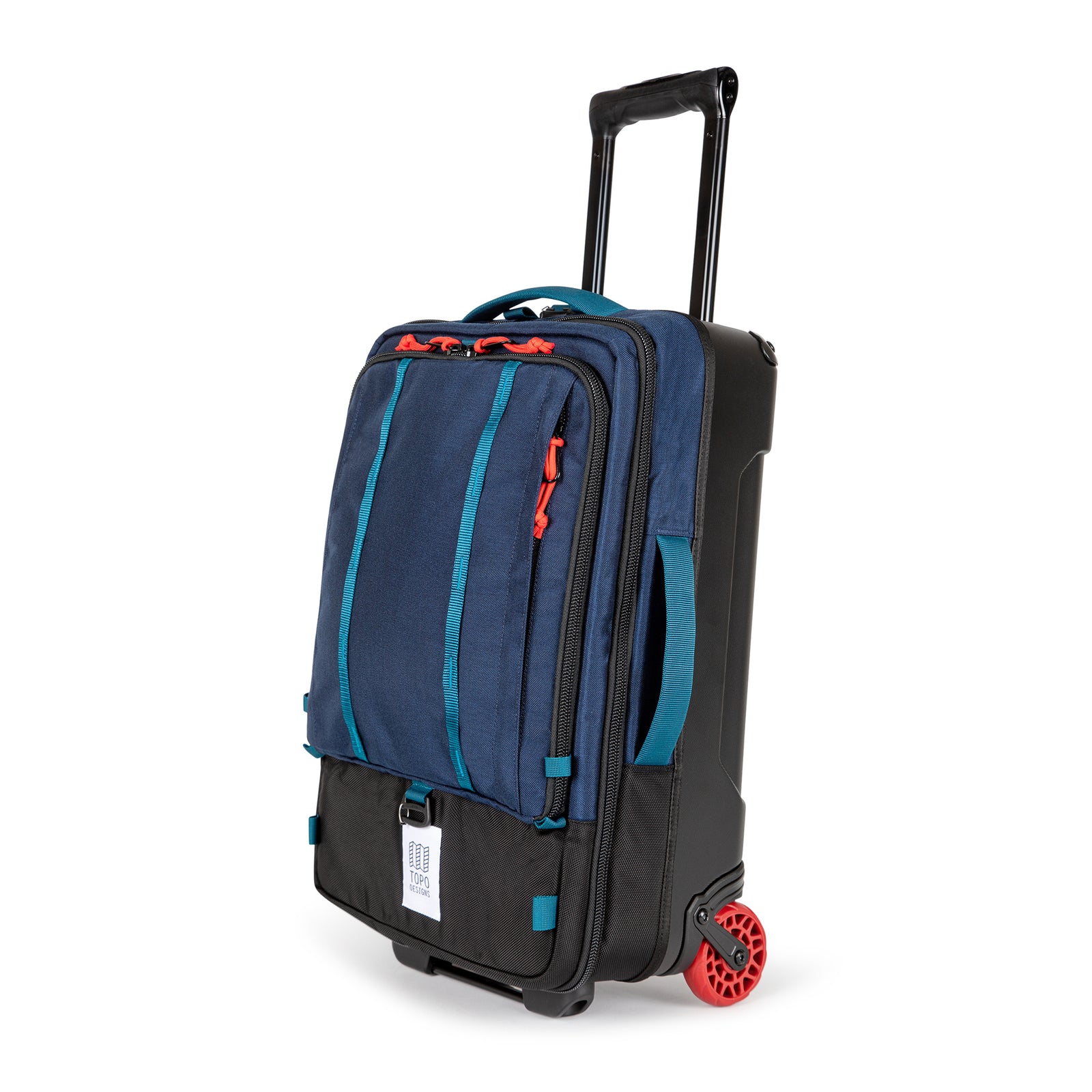Aviation Safety in the News: Challenges, Solutions, and the Role of Safety Management Systems (SMS)
Aviation Safety in the News: Challenges, Solutions, and the Role of Safety Management Systems (SMS)
Once again, we find Aviation Safety in the news. There are multiple stories that pertain to aviation safety from several aspects of the industry. The largest story involves Boeing, and the lack of safety the organization reportedly has. Of the gravest concerns, is that Boeing sees itself as an organization with an impeccable safety stance and program. While Boeing may have a safety culture, how good is it? Boeing does not have the elements that support a Safety Management System. Is this a problem manifested only by Boeing? Only in the manufacturing sector? NO of course not. FAA part 121 Airlines also have SMS challenges, even though they are required to meet the FAA SMS regulations. We also read about American Airlines and the problems they seem to be having that rival those of Boeing. They also report they have a safety program that is top notch. Much like Boeing, all the outward signs of a safety program are visible. But are they meaningful? American Airlines is not the only part 121 Airline that is experiencing problems.
The Challenge of “Culture of Safety”
What we really need to know is how the culture at these organizations and many more organizations like them around the world feel about safety. As we investigate cultures, one thing we look at is relics. Relics are those things that tell us a story about those in the culture. These organizations usually have the relics we look for to see a safety culture. Those are the posters and such that may show their interest or may just be for show in case they get a visit from the FAA or regulator. The true test is the development of a culture of safety, rather than a safety culture.
Relics of Safety Culture





The Evolution of Safety Management Systems
Looking back, SMS was introduced by the International Civil Aviation Organization (ICAO) in the 1980 – 1990s. This occurred due to a series of high-profile aviation accidents which underscored the necessity to take safety to the next level. That level was a systematic approach. During the 2000s SMS gained widespread acceptance, and regulators began to require the program.
In the 1980s and 1990s, there was a lot of effort put into developing what has become the aviation SMS today. It was a collaborative effort between many organizations and regulators. There are opportunities to get help today as well. If you feel your organization needs help with the development of or improving your SMS, ask for help. Building an organization with a culture of safety will probably be the most satisfying activity you can engage in.
There are many documents provided by regulators that outline what an SMS requires, and organizations still fail in these areas. SMS regulations started with FAA part 121 airlines. The large passenger carrying airlines were the first to be required to have an SMS. The new group in the push for SMS goes to FAA part 135 air carriers and FAA part 21 carriers. The new rules will also include FAA part 145 Maintenance organizations.
The latest news is about Safety Management Systems (SMS), and regulation changes requiring SMS in more areas of aviation. At face value this is a good thing. However, if companies such as Boeing and American Airlines are having problems, how can this work for those in the new group? Saying I have an SMS is not proof enough that a ‘true’ SMS exists.
Evaluating Safety Management Systems Effectiveness
Recently the National Transportation Safety Board has cited weakness or lack of an SMS as a causal factor in accidents and incidents. Many of the current incidents or accidents show a lack of safety as a part of the problem. Boeing has shown many areas where there is no SMS, even though they have relics that show they have a safety culture. The events with American Airlines and Southwest also show their SMS efforts are falling short of the mark to ensure safety is paramount to the organizations. These highlight the difference between a safety culture and a culture of safety.
All organizations should take a top to bottom look at their SMS on a regular basis. Is the accountable executive active in the SMS process as they should be, or is it delegated down to employees that don’t have the proper level of leadership to accomplish what needs to be accomplished? Is the safety policy just words that the organization can recite without meaning, or is it truly the “Way we do business here” within the organization?

If things are going well, why is there a need to evaluate the SMS on a regular basis?
Drift is a naturally occurring process in organizations. As time passes, people drift towards ways of doing things that are not within the ‘Culture of Safety’ way of doing business, for many reasons. Shortcuts occur, and we can start to see failures in the SMS. Time constraints are always an issue as well. From top to bottom, time must be devoted to the SMS. Another crucial aspect of culture is trust. If the workforce trusts the management, they are more likely to follow the SMS. If they don’t trust, they likely won’t. Every aspect of SMS must fit together like a well-designed and maintained puzzle.
The Future of Safety Management
If we are going to make aviation safer, we must take steps to build a safe organization, and keep safety top of mind for every employee in the organization, as well as every organization that supports it. SMS is that umbrella that pulls everything and everyone together in the name of safety. Regulators play a role in this as well. If SMS is required by regulation, see that it is done correctly. If SMS is needed, develop the regulation to require it, and then ensure it is done correctly.
Visit www.tcas2.com to read more blog posts pertaining to aviation and aviation safety.













